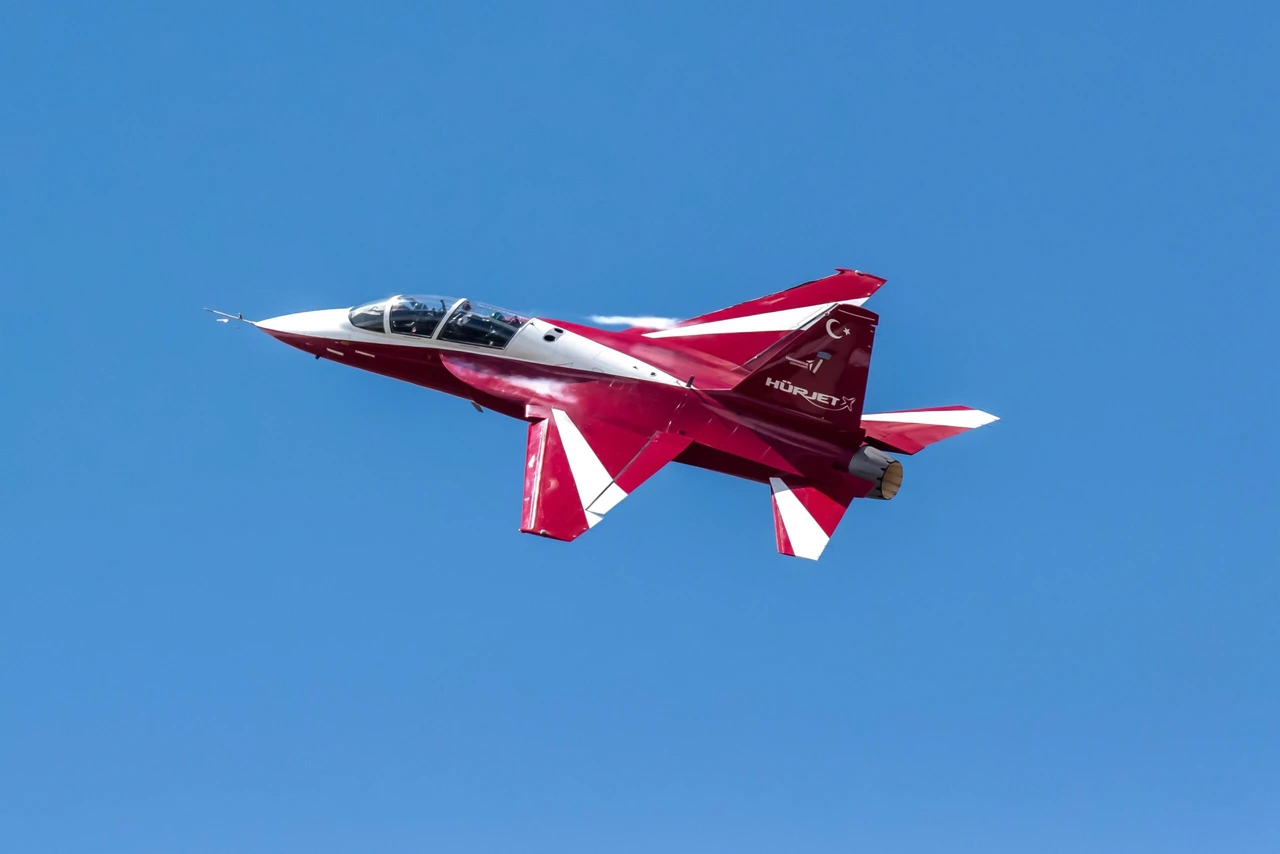US boosts space warfare capabilities amid threats from China and Russia

Pentagon expands its space warfare capacity in response to significant threats from China and Russia, signaling a major shift in U.S. military strategy
The Pentagon is rapidly increasing its capacity for space warfare, driven by China and Russia’s rapid advancements in space-based operations. These developments pose significant threats to U.S. military assets both on the ground and in orbit, prompting a substantial shift in military strategy.
While details remain classified, officials have acknowledged that the U.S. can no longer rely solely on satellites for communication, navigation, and tracking threats.
Instead, the Defense Department is seeking new ground- and space-based tools to defend its satellite network and potentially disrupt or disable enemy spacecraft.
This new strategy marks a departure from past programs like the 1980s Strategic Defense Initiative, focusing instead on a wider range of offensive capabilities.
“We must protect our space capabilities while denying adversaries the use of theirs,” stated Gen. Chance Saltzman, chief of space operations at the Space Force.
Both Russia and China have already tested systems such as high-energy lasers and anti-satellite missiles. Concerns have heightened with reports of Russia developing a space-based nuclear weapon capable of destroying satellites.
Additionally, Russia’s use of electronic jamming in Ukraine has demonstrated the need for robust space defenses.
China’s expanding military presence in space, with a significant increase in reconnaissance satellites, has also been a major driver for the Pentagon’s efforts. “China has fielded capabilities targeting our forces,” noted Air Force Secretary Frank Kendall.
The U.S. decision to halt antisatellite missile tests in 2022 underscores the Pentagon’s commitment to pursuing “responsible counterspace campaigning” aimed at preventing the creation of debris fields in space. Instead, the focus is on non-explosive methods such as cyberattacks and directed-energy weapons.
The Pentagon is also modernizing its ground-based systems to jam enemy satellites, as well as developing new military satellites with maneuverability and defense capabilities. Additionally, it is launching a new generation of satellites for missile defense, equipped to evade attacks.
Collaborating with allies through Operation Olympic Defender, the U.S. is coordinating counterspace efforts with countries like Britain, Canada, and Australia. France has also announced plans to8 launch a high-powered laser satellite by 2030.
Despite these efforts, everyone agrees that we need more rapid development. “We’re not acquiring counterspace capabilities at the pace we need,” warned Representative Mike Rogers, highlighting the urgency of enhancing space warfare readiness.
The Pentagon’s stance is clear: space is now a crucial military domain, and the U.S. must be prepared to defend and, if necessary, fight to maintain its strategic advantages in space.
Source: Newsroom



